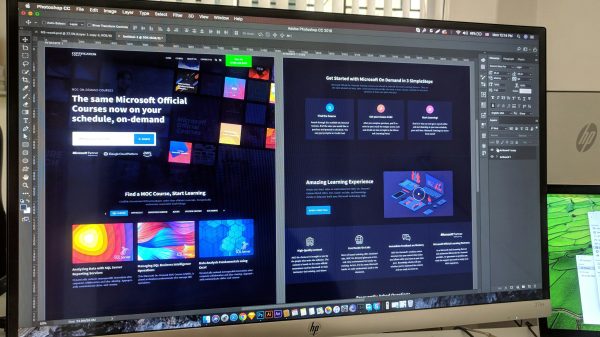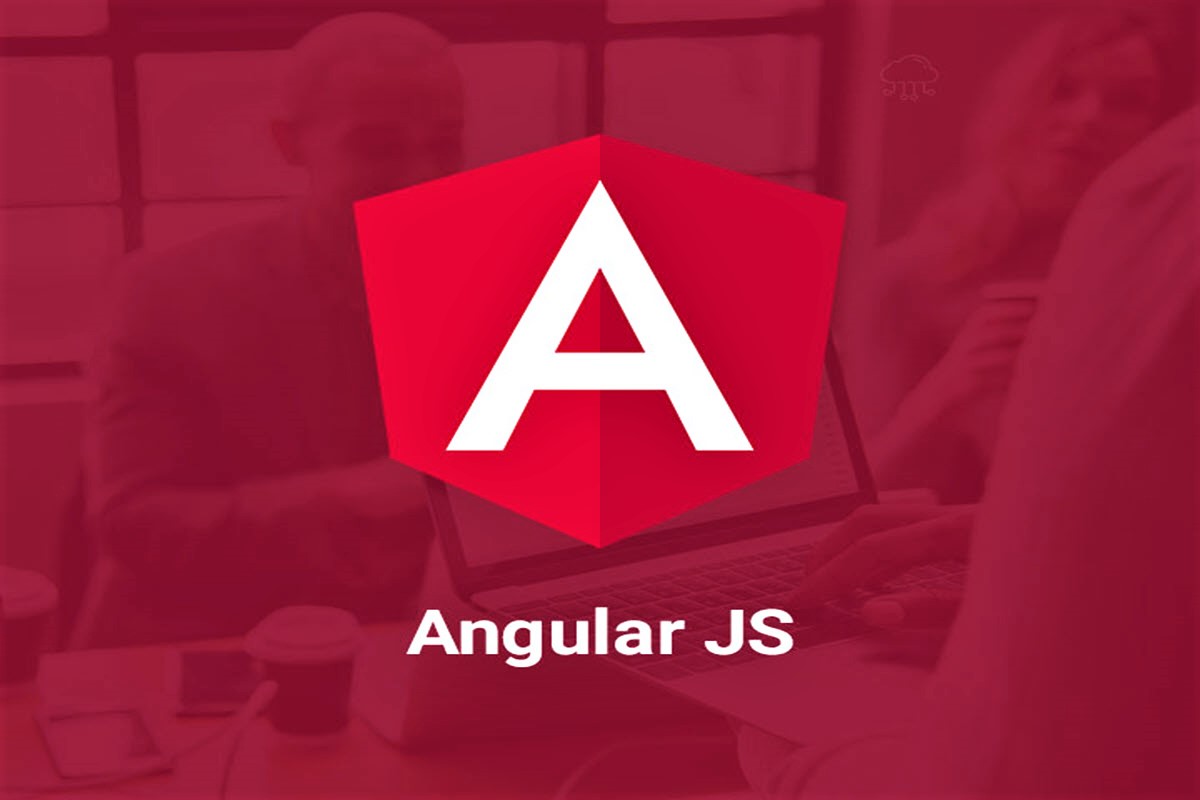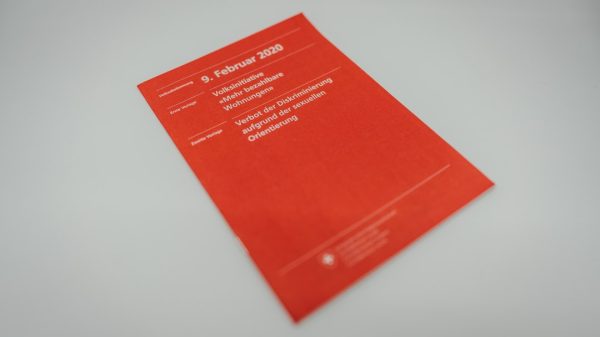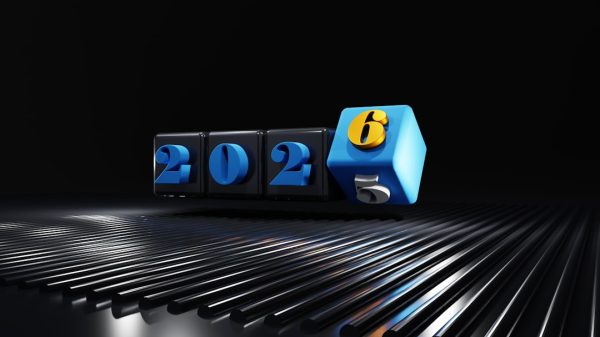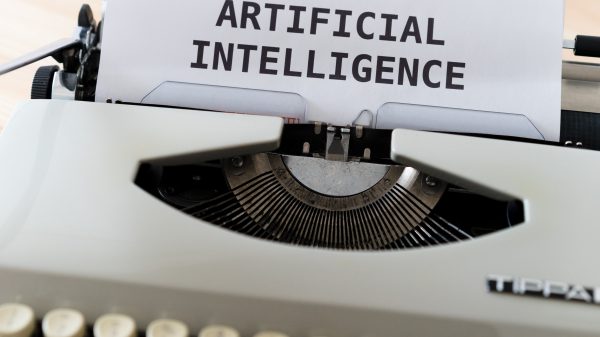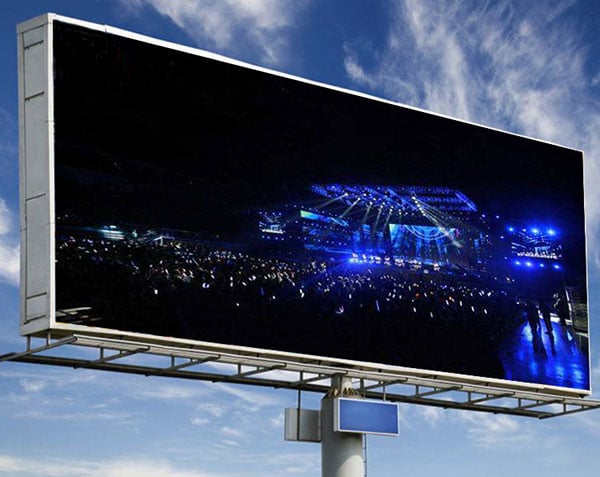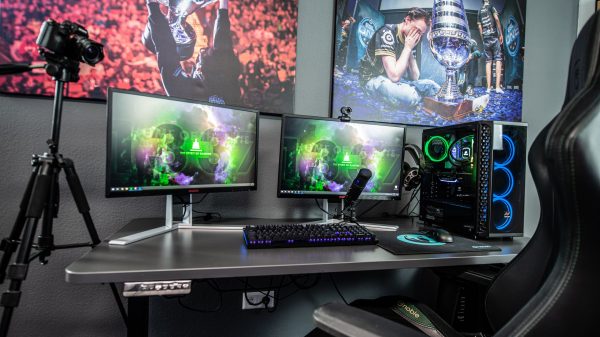The “My Account” menu in WordPress is a crucial component of any user-centric website, especially for eCommerce platforms powered by WooCommerce. This menu serves as a gateway for users to manage their orders, profile, subscriptions, and settings. However, by default, it tends to be fairly simplistic in appearance. Adding icons to the “My Account” menu not only enhances visual appeal but also improves user experience by making navigation more intuitive. This article walks through several approaches to add icons to the “My Account” menu in WordPress.
Why Add Icons to the “My Account” Menu?
Icons can significantly improve usability. They serve as visual cues that help users quickly identify the function of each menu item. In addition to aesthetic benefits, they also contribute to accessibility and overall user-friendliness of the website.
For example, a gear icon next to “Account Settings” makes the link’s purpose immediately obvious, even to users with limited reading ability or non-native language proficiency.
Approach 1: Using Custom CSS and Font Awesome
Font Awesome is one of the most popular icon toolkits, and it’s easily integrable with WordPress. Follow these steps to add icons via CSS using Font Awesome:
- Install Font Awesome
You can add Font Awesome to your WordPress website by inserting the CDN into the site’sheader.phpfile or by using a plugin like “Font Awesome.” - Inspect the “My Account” Menu
Use browser developer tools to identify the CSS classes associated with each menu item in the “My Account” section. - Target Menu Items with CSS
Add the following CSS to your theme’sstyle.cssor via the WordPress Customizer under Appearance > Customize > Additional CSS:.woocommerce-MyAccount-navigation-link--dashboard a::before { font-family: 'Font Awesome 5 Free'; content: '\f015'; font-weight: 900; margin-right: 8px; } .woocommerce-MyAccount-navigation-link--orders a::before { font-family: 'Font Awesome 5 Free'; content: '\f291'; font-weight: 900; margin-right: 8px; } - Repeat for Each Menu Item
Assign different Unicode values to each menu item depending on the icon you wish to display.
Approach 2: Using a Plugin
Not everyone is comfortable with manual coding. Thankfully, there are plugins available that simplify the process:
- “Menu Icons by ThemeIsle” – Supports adding icons to any menu, including WooCommerce’s “My Account” menu.
- “Elementor Pro” – If you are using Elementor, it allows full customization of WooCommerce pages including custom icons.
- “WooCommerce Custom My Account Pages” – Offers a UI to add custom tabs and icons to the account menu.
Steps Using Menu Icons by ThemeIsle:
- Install and activate the plugin.
- Go to Appearance > Menus and select the “My Account” menu.
- Add or edit a menu item and choose an icon from the icon selector.
- Save the menu and refresh your site to see the changes.
This is a great approach for those who prefer a no-code solution and want more flexibility with icon styling.
Approach 3: Customizing the Template Files
For advanced users or those developing custom themes, editing the WooCommerce template files directly offers maximum control:
- Copy the
myaccount/navigation.phpfile from the WooCommerce plugin folder to your theme’swoocommerce/myaccount/directory. - Edit the file to insert icon HTML next to each item, like so:
- Save the file and upload it back to the server.
<li class="woocommerce-MyAccount-navigation-link woocommerce-MyAccount-navigation-link--dashboard">
<a href="your_link">
<i class="fas fa-home"></i> Dashboard
</a>
</li>
This method is best suited for developers and should be used with caution to ensure compatibility with future WooCommerce updates.
Styling and Accessibility Considerations
While adding icons can make your UI beautiful, you should also ensure the changes do not hinder functionality. Here are a few guidelines:
- Size and Spacing: Keep icons proportional and spaced out from the text for clarity.
- Accessibility: Use
aria-hidden="true"in<i>tags to hide decorative icons from screen readers. - Color Contrast: Ensure the icon color contrasts well against the background.
- Hover States: Add hover effects to make the UI interactive and responsive.
Using SVG Icons
If you’re looking for a high-performing and fully customizable icon option, SVGs are a great choice:
- Upload your SVG files to the WordPress media library. You may need a plugin like “Safe SVG” to enable SVG uploads.
- Embed the SVG code directly into the template or use a plugin that allows SVG usage.
- Add proper CSS classes for styling and interaction, just like with font-based icons.
SVGs render crisply at any screen size, making them ideal for retina displays and high-resolution devices.
Testing and Troubleshooting
After implementing icons, test the layout on multiple devices and browsers:
- Responsiveness: Make sure icons do not overlap text or break the layout on small screens.
- Load Speed: If you’re using many different icon sources, it might affect page loading time.
- Conflicts: Ensure that your chosen method doesn’t conflict with other themes or plugins.
Conclusion
Adding icons to the “My Account” menu in WordPress is a simple yet impactful enhancement. Whether you’re looking to beautify your site or improve UX, icons provide an elegant solution. From using Font Awesome to uploading SVGs, there are multiple methods to suit varying skill levels—from beginners to experienced developers.
As always, consider creating a child theme or backing up your website before making any changes to avoid disruptions.
Frequently Asked Questions (FAQ)
- Q: Can I add icons without using a plugin?
Yes, you can use CSS or edit WooCommerce template files to manually add icons. - Q: What icon libraries are recommended?
Font Awesome, Material Icons, and custom SVGs are commonly used and widely supported. - Q: Is it safe to edit WooCommerce template files?
Yes, but it’s best to create a child theme or backup your site to prevent issues during updates. - Q: How do I ensure icons don’t affect accessibility?
Use semantic HTML, proper ARIA attributes, and test with screen readers to ensure accessibility is maintained. - Q: Will icons slow down my site’s performance?
Minimal impact, especially if you use a single icon font or optimize SVGs.





